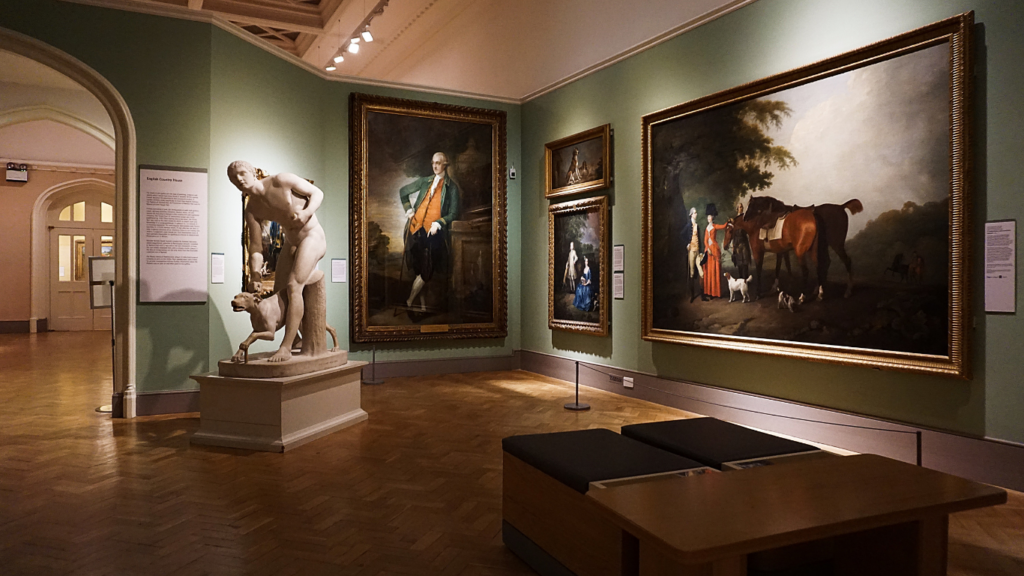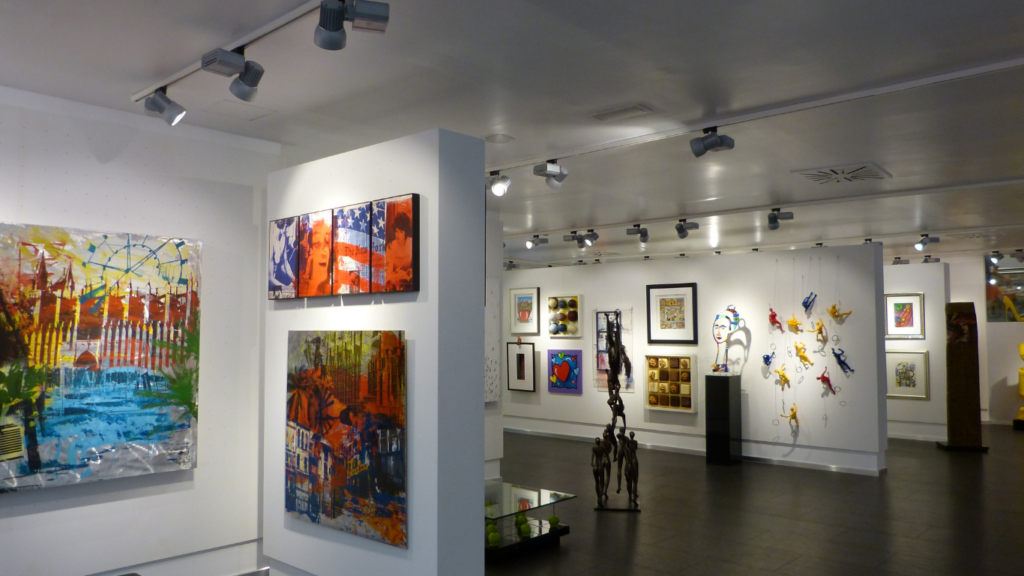Exploring the captivating realm where artistry meets opulence, I delve into the fusion of art and luxury, uncovering the allure of collectibles as promising investment avenues. In this intriguing exploration, I’ll navigate the landscape where creativity intertwines with wealth, offering insights into how art pieces transform into valuable assets.
As an aficionado of both art and investment opportunities, I’ve witnessed the symbiotic relationship between creativity and financial growth. Through this article, I aim to shed light on the evolving market trends that elevate collectibles to the status of coveted investments, blending aesthetic appreciation with potential financial gains.
Join me on a journey through the sophisticated world where artistry and luxury converge, unveiling the hidden potential of collectibles as not just objects of beauty, but also as strategic investment assets.
Exploring the Evolution of Art as a Luxury Asset
Delving into the evolution of art as a luxury asset reveals a captivating narrative of transformation and value appreciation. Over the years, art has transcended its traditional role as mere decoration to become a formidable player in the realm of luxury investments.
Art, once primarily valued for its aesthetic appeal, has now established itself as a strategic asset class coveted by investors seeking both cultural enrichment and substantial financial returns. The evolution of art as a luxury asset stems from the intricate dynamics between artistic creativity and market demand.
Artists’ unique expressions, coupled with shifting consumer preferences and economic trends, have fueled the transformation of art into a sought-after commodity in the luxury market. This evolution underscores the fusion of artistry and financial acumen, where creativity intertwines with investment strategy to create a compelling value proposition for collectors and investors alike.
As a passionate observer of the art world and investment landscape, I witness firsthand the growing recognition of art as a lucrative investment avenue. The increasing diversification of investment portfolios to include art and collectibles reflects a broader shift towards embracing alternative assets with the potential for high returns and intrinsic value.
This shift signifies a paradigm where art ceases to be merely a symbol of luxury but emerges as a tangible and dynamic asset class with unique investment potential. The allure of art as a luxury asset lies not only in its tangible beauty but also in its intangible qualities that transcend monetary value.
The evolution of art as a strategic investment asset marks a paradigm shift in the perception of art, positioning it as a dynamic and resilient asset class capable of weathering market fluctuations and preserving value over time. This transformation underscores the enduring appeal of art as a tangible expression of creativity, culture, and wealth, making it a compelling choice for investors seeking to diversify their portfolios and engage with the captivating world of luxury collectibles.
Valuation Methods for Art and Collectibles
Art and collectibles hold unique value in the investment world, requiring specialized valuation methods to determine their worth accurately. Understanding the valuation techniques specific to these assets is crucial for making informed investment decisions.
Comparative Analysis: Art vs. Traditional Investments
When assessing the value of art and collectibles, it’s essential to consider their differences compared to traditional investments like stocks or bonds. Unlike financial assets that derive their value from market performance, the value of art is influenced by subjective factors such as artist reputation, rarity, provenance, and aesthetic qualities.
These qualitative aspects make valuing art a complex process that often requires the expertise of art specialists and appraisers.
The Role of Expert Appraisers in Determining Value
Expert appraisers play a vital role in the valuation of art and collectibles, leveraging their knowledge of artistic movements, market trends, and valuation techniques to assess the worth of these assets accurately. By conducting thorough examinations and research, appraisers help investors understand the market value and potential appreciation of art pieces.
Their expertise ensures that investors make informed decisions when buying, selling, or insuring valuable art and collectibles.
Investment Strategies in the Art Market
Investing in art and collectibles offers unique opportunities for diversification within a portfolio. Including art in investment strategies can provide a hedge against market volatility and economic downturns. Here’s how investors can benefit from diversifying with art and collectibles:
Diversification with Art and Collectibles
Diversification with art and collectibles can help reduce overall portfolio risk by adding assets that are not closely correlated with traditional financial markets. These alternative investments have shown resilience during economic uncertainties, offering stability when other asset classes are underperforming.
Investors looking to diversify with art and collectibles should consider factors such as historical performance, market trends, and the expertise of appraisers. Understanding the intricacies of the art market and identifying emerging trends can guide investment decisions to build a well-rounded portfolio.
By allocating a portion of investments to art and collectibles, investors can potentially enhance overall returns while minimizing risk. The art market’s unique dynamics, including the influence of art fairs, auctions, and online platforms, provide ample opportunities for investors to capitalize on the sector’s growth and profitability.
Risks and Challenges in Art and Luxury Investing
Exploring the realm of art and luxury investing unveils a landscape rich in opportunities but not devoid of risks and challenges. As an investor, it’s crucial to acknowledge and navigate through these potential pitfalls to make informed decisions and safeguard your investment portfolio.
- Market Volatility: Market volatility in the art and luxury sector can significantly impact the value of investments. Fluctuations in demand, art trends, economic conditions, and geopolitical events can lead to sudden price swings in collectibles, affecting their investment potential.
- Authenticity and Provenance: Ensuring the authenticity and provenance of art pieces is vital in the world of luxury investing. The risk of purchasing counterfeit or falsely attributed artworks poses a substantial threat to investors, potentially leading to financial losses and reputation damage.
- Liquidity Concerns: Unlike traditional financial assets, art and collectibles can pose challenges in terms of liquidity. Selling high-end art pieces or luxury items can be a time-consuming process, requiring the right market conditions and interested buyers to realize returns quickly.
- Market Knowledge and Expertise: Investing in art and luxury goods necessitates a deep understanding of the market dynamics, art history, emerging trends, and valuation methodologies. Lack of expertise and research can expose investors to mispricing risks and missed opportunities in this niche investment landscape.
- Storage and Maintenance Costs: Owning art and luxury collectibles comes with additional expenses related to storage, insurance, restoration, and maintenance. These ongoing costs can erode investment returns over time and should be factored into the overall investment strategy.
Navigating the risks and challenges in art and luxury investing requires a thorough assessment of your risk tolerance, diligent research, and possibly seeking advice from art consultants or investment professionals. By being aware of these potential pitfalls and implementing risk mitigation strategies, you can better position yourself to capitalize on the lucrative opportunities presented by the intersection of art and luxury as investment assets.





